Content Menu
● Introduction to Swimwear Fabrics
>> Why Fabric Matters
>> Types of Swimwear Fabrics
>> The Evolution of Swimwear Fabrics
● Different Types of Swimwear
>> The Main Players: Primary Swimwear Fabrics
>> Blends and Variations: The Perfect Mix
>> Specialized Swimwear Fabrics
>> Technical Considerations in Swimwear Fabrics
● Best Materials for Swimwear
>> Nylon
>> Polyester
>> Spandex
● Quality of Swim Fabric
>> Fabric Strength
>> Durability and Longevity
● Choosing the Right Fabric for Your Swimwear
>> Intended Use
>> Body Type and Support Needs
>> Style and Design
>> Care and Maintenance
>> Environmental Concerns
● Comfort in Swimwear
>> Fit and Flexibility
>> Breathability
● Caring for Swim Fabrics
>> Care and Maintenance of Swimwear Fabrics
>> Cleaning Tips
>> Storage Tips
● The Future of Swimwear Fabrics
>> Smart Fabrics
>> Eco-Friendly Innovations
>> Performance Enhancements
>> Customization
● Summary
● Frequently Asked Questions (FAQs)
>> What is the best fabric for swimwear?
>> How do I care for my swimwear?
>> Which fabric is the most durable?
Discover how selecting the right fabrics can take your swimwear designs to the next level of luxury and style.
When the sun is shining and the waves are calling, there's nothing quite like slipping into the perfect swimsuit. But have you ever wondered what goes into making that ideal piece of beachwear? The secret lies in the fabric. The right swimwear fabric can make all the difference between a comfortable, long-lasting suit and one that leaves you feeling disappointed. In this comprehensive guide, we'll dive deep into the world of swimwear fabrics, exploring the various types, their properties, and how to choose the best material for your needs.
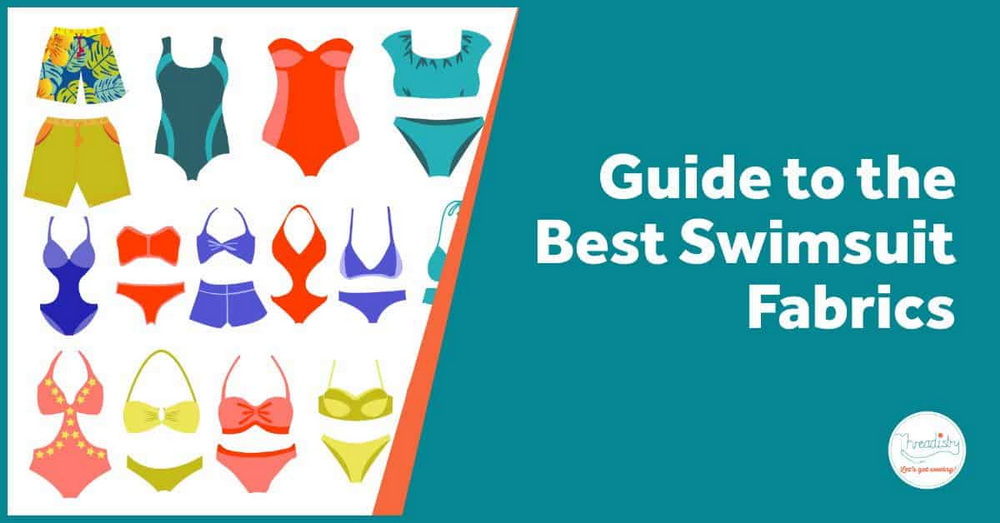
Introduction to Swimwear Fabrics
When it comes to swimwear, the choice of swimwear fabrics is very important. Different types of fabric can change how a swimsuit feels and performs in the water. Some fabrics are soft and stretchy, while others are strong and durable. Knowing about these fabrics can help you pick the best swimsuit for your needs.
Why Fabric Matters
The right fabric is crucial for swimwear because it affects comfort, durability, and performance. If the fabric is too rough, it can irritate your skin. A good fabric should feel nice against your body. Also, some fabrics last longer than others. You want your swimsuit to hold up against sun, saltwater, and chlorine. This is why choosing the right fabric matters so much!
Types of Swimwear Fabrics
There are several common fabrics used for making swimwear. One popular choice is nylon. It is lightweight and dries quickly. Another great option is polyester, known for its strength and resistance to chlorine. Finally, spandex is often added to swimsuits because it provides great stretch and comfort. Each of these types of fabric has its own special features that make it suitable for swimming.
The Evolution of Swimwear Fabrics
Before we plunge into the specifics of modern swimwear materials, let's take a brief look at how swimsuit fabrics have evolved over time.
1. Early Swimwear Materials
In the early days of swimwear, natural fibers like wool and cotton were commonly used. While these materials were readily available, they had significant drawbacks when wet. Wool became heavy and itchy, while cotton absorbed water, making suits saggy and uncomfortable.
2. The Synthetic Revolution
The introduction of synthetic fibers in the mid-20th century revolutionized the swimwear industry. Materials like nylon, introduced in the 1930s, and spandex (also known as Lycra or elastane), developed in the 1960s, brought new possibilities to swimsuit design.
3. Modern Innovations
Today, swimwear fabrics continue to evolve, with a focus on performance, durability, and sustainability. From recycled materials to high-tech blends, the options for swimwear fabrics are more diverse than ever.
Different Types of Swimwear
The Main Players: Primary Swimwear Fabrics
When it comes to modern swimwear, three main types of materials dominate the market: spandex (elastane), polyester, and nylon. Let's examine each of these in detail.
1. Spandex/Elastane
Spandex, also known as elastane or by the brand name Lycra, is perhaps the most crucial component in swimwear fabrics.
Key Properties:
Exceptional stretch and recovery
Quick-drying
Resistant to pilling
Lightweight
Spandex is rarely used on its own but is instead blended with other fibers to provide stretch and shape retention. Its ability to stretch up to 500% of its original length and quickly return to shape makes it ideal for swimwear that needs to move with the body.
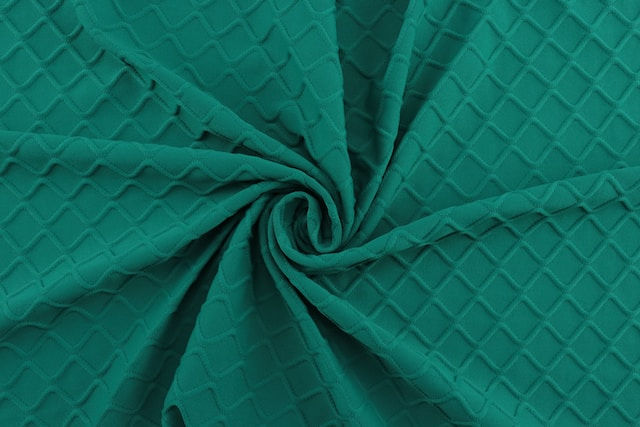
2. Polyester
Polyester is a synthetic fiber that has become increasingly popular in swimwear due to its durability and versatility.
Key Properties:
Excellent color retention
Chlorine resistant
Durable and long-lasting
Quick-drying
Polyester swimwear fabrics, especially when blended with spandex, offer the highest level of durability. They resist fading from chlorine, saltwater, and sunlight, making them an excellent choice for frequent swimmers or those who spend a lot of time in the water.

3. Nylon
Nylon was one of the first synthetic fibers used in swimwear and remains popular due to its soft feel and excellent stretch properties.
Key Properties:
Soft and comfortable
Excellent stretch and recovery
Lightweight
Quick-drying
Nylon is often considered the most hassle-free material for swimwear. It's stretchy, sleek, and comfortable against the skin. However, it may be more prone to pilling over time compared to polyester.
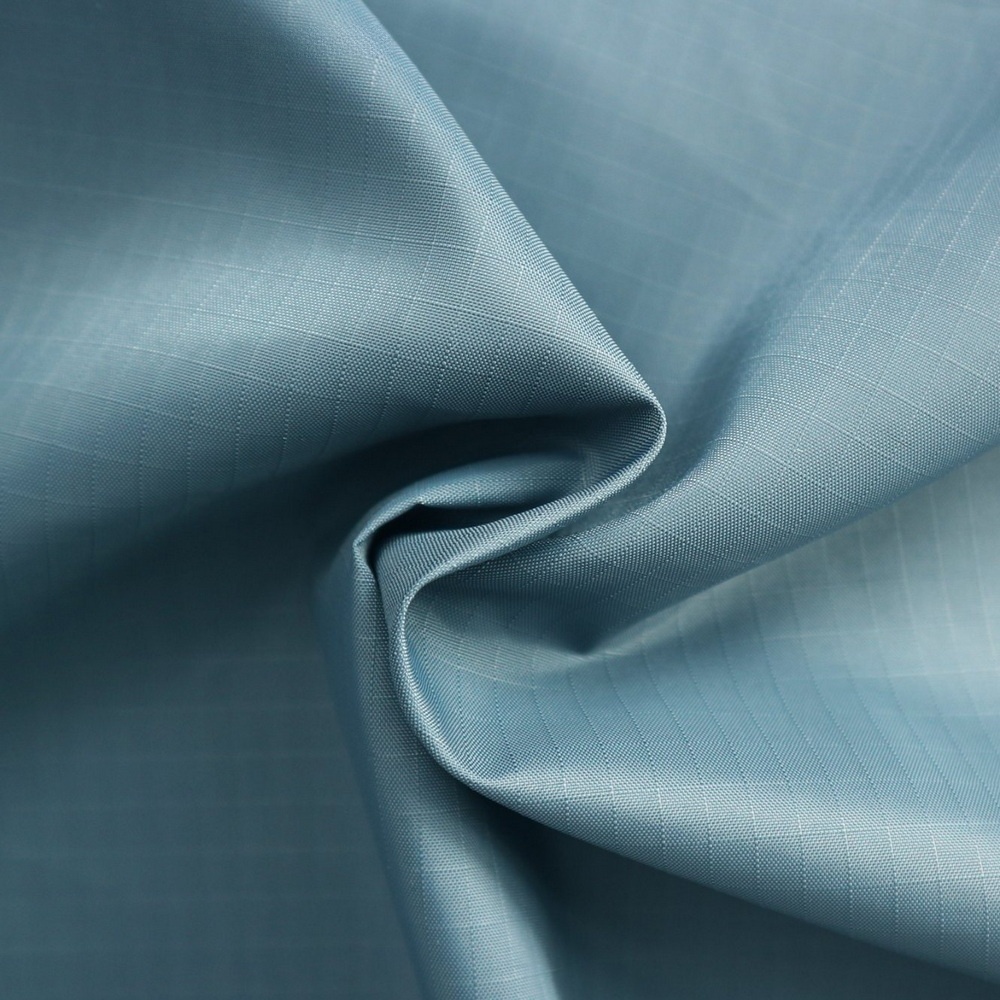
Blends and Variations: The Perfect Mix
While the three primary fabrics form the foundation of most swimwear, it's the blends and variations that truly make each swimsuit unique.
1. Polyester-Spandex Blends
One of the most popular combinations for swimwear is a polyester-spandex blend. The ratio of polyester to spandex can vary, but a common mix is around 80-90% polyester with 10-20% spandex.
Benefits:
Combines the durability and color retention of polyester with the stretch of spandex
Resistant to chlorine and saltwater
Holds its shape well over time
2. Nylon-Spandex Blends
Nylon-spandex blends offer a soft, comfortable feel with excellent stretch and recovery.
Benefits:
Silky smooth texture
Great for designs that require a lot of stretch
Lightweight and quick-drying
3. Tricot Blends
Tricot is a knit fabric known for its smooth texture and resilience. When blended with elastane, it becomes an excellent choice for swimwear.
Benefits:
Breathable and quick-drying
Resilient and durable
Smooth texture for comfort
4. Recycled Fabrics
As sustainability becomes increasingly important in the fashion industry, recycled fabrics are gaining popularity in swimwear.
Example: Repreve Repreve is a fabric made from recycled polyester (often from plastic bottles) and spandex. It offers similar properties to traditional polyester blends while being more environmentally friendly.
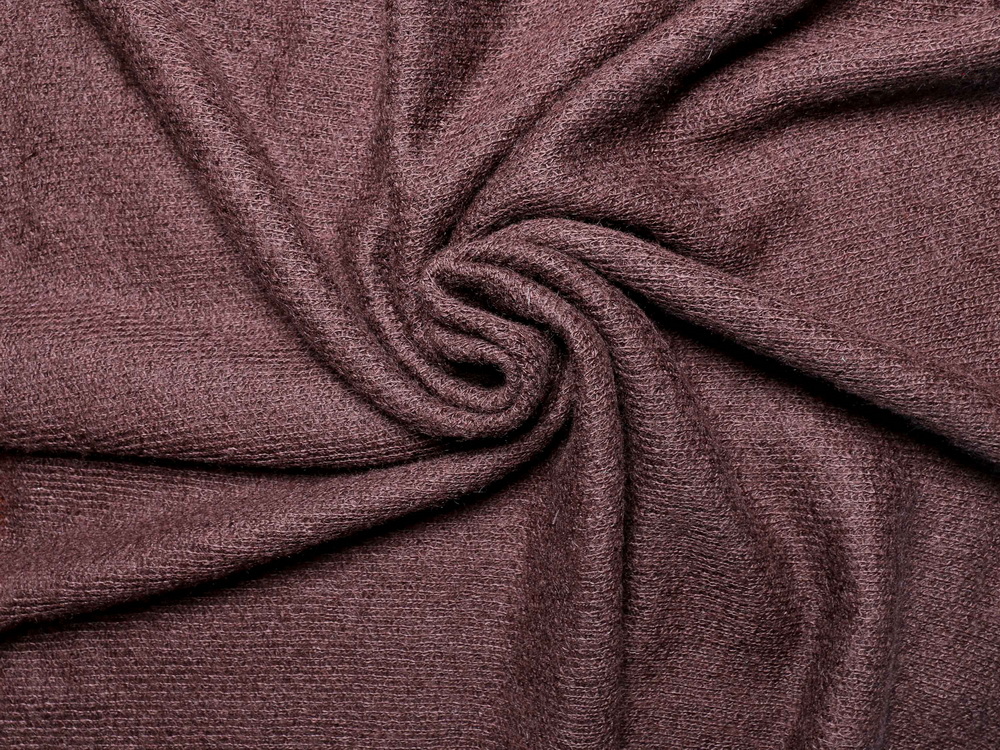
Specialized Swimwear Fabrics
Beyond the standard blends, there are several specialized fabrics used in swimwear for specific purposes or effects.
1. Neoprene/Scuba
Traditionally used for wetsuits, neoprene (also known as scuba fabric in fashion contexts) has found its way into mainstream swimwear.
Properties:
Thick and insulating
Provides structure to garments
Often used for statement pieces or surf-inspired looks
2. Textured Fabrics
As the swimwear industry evolves, textured fabrics have become a trend, offering unique visual and tactile experiences.
Examples:
Ribbed fabrics
Jacquard knits
Embossed designs
These textures can add interest to solid colors or create patterns without prints 3.
3. Crochet and Mesh
While not suitable for heavy water activities, crochet and mesh fabrics are popular for beach cover-ups and decorative elements on swimsuits.
Properties:
Breathable and lightweight
Adds visual interest and texture
Often used in combination with more traditional swimwear fabrics
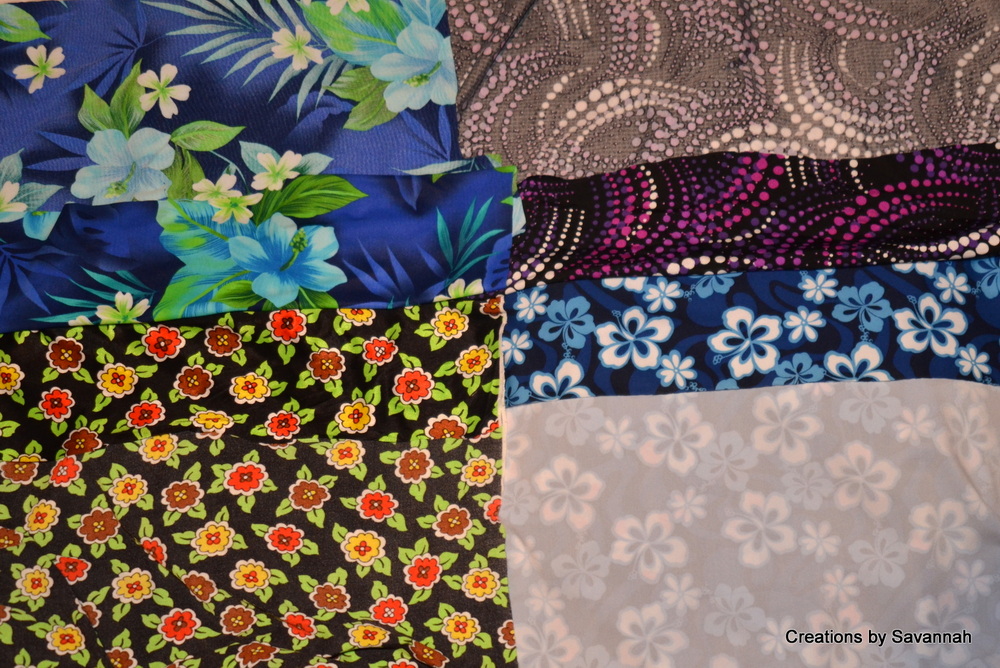
Technical Considerations in Swimwear Fabrics
When evaluating swimwear fabrics, there are several technical aspects to consider:
1. Weight
Swimwear fabrics are typically measured in grams per square meter (gsm) or ounces per square yard.
Most swimwear fabrics have a weight of 180-200 gsm (7-8 oz/square yard).
Lighter fabrics (around 140-160 gsm) may be used for more delicate or sheer designs.
Heavier fabrics (200+ gsm) might be used for more structured pieces or those requiring extra coverage.
2. Stretch and Recovery
The ability of a fabric to stretch and return to its original shape is crucial for swimwear.
4-way stretch is ideal, allowing the fabric to stretch both lengthwise and crosswise.
Good recovery ensures the swimsuit maintains its shape after repeated wear and washing.
3. UV Protection
Many modern swimwear fabrics incorporate UV protection to shield the wearer from harmful sun rays.
Look for fabrics with a UPF (Ultraviolet Protection Factor) rating.
UPF 50+ offers excellent protection, blocking 98% of UV radiation.
4. Chlorine and Saltwater Resistance
For swimwear that will be frequently exposed to pool or ocean water, resistance to chlorine and saltwater is important.
Polyester generally offers better resistance to these elements than nylon.
Some fabrics are treated with special finishes to enhance their resistance.
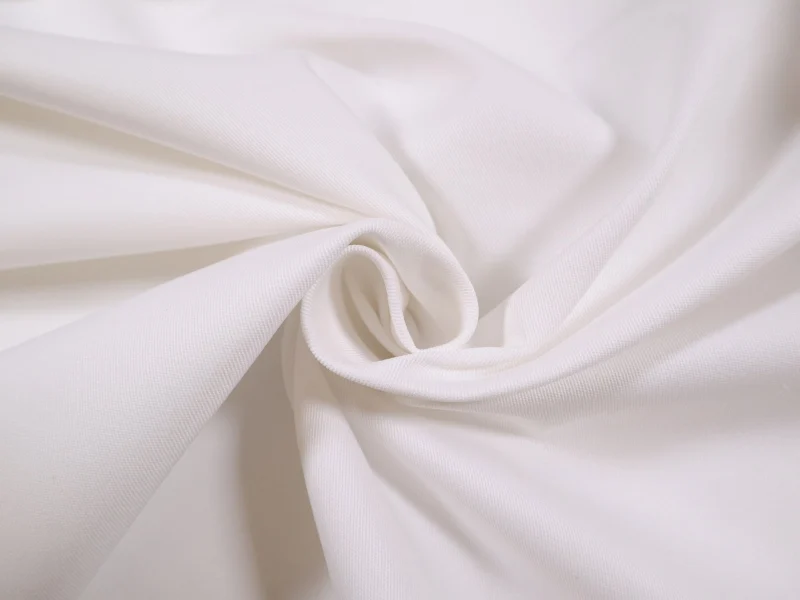
Best Materials for Swimwear
When it comes to choosing swimwear, the best materials can make a big difference. Let's look at the three most popular fabrics: nylon, polyester, and spandex. Each of these materials has special qualities that help swimwear stay comfortable and last a long time.
Nylon
Nylon is a popular choice for swimwear. It is strong and lightweight, which makes it easy to wear and swim in. This fabric dries quickly too, so you won't feel wet for long after getting out of the pool. Nylon also feels smooth against your skin, which adds to the comfort when swimming or playing at the beach. Many swimwear brands choose nylon because it helps create durable swimwear that can handle all the fun in the water.
Polyester
Next up is polyester. This fabric is known for being very tough and resistant to chlorine. This is important because chlorine can wear out swimwear quickly if the fabric does not hold up. Polyester also resists fading from the sun, which keeps your swimwear looking bright and new for a longer time. Because of these benefits, polyester is one of the best materials for anyone who swims often or enjoys spending time in the pool.
Spandex
Lastly, we have spandex. This fabric is famous for its ability to stretch. When swimwear has spandex, it hugs your body nicely and allows for easy movement. This means you can swim, dive, and play without feeling restricted. The comfort provided by spandex makes it a favorite choice for many swimmers. Most swimwear includes a mix of spandex with other materials to balance stretchiness with strength.
Quality of Swim Fabric
When choosing swimwear, the quality of the swim fabric is super important. High-quality swim fabric helps your swimsuit last longer and feel great while you swim. But how do you know if a fabric is good or not? Let's break it down into two main parts: fabric strength and durability.
Fabric Strength
Fabric strength is all about how tough and sturdy the material is. Strong swim fabric can resist pulling and stretching, which is really important when you're splashing around in the water. Look for fabrics that are made from good-quality nylon or polyester. These materials are often used because they can handle the stress of swimming and playing in the water without tearing easily.
Another sign of strong swim fabric is how it feels. If it feels thick and sturdy in your hands, that's usually a good sign. You want your swimsuit to stay in shape and not get worn out after just a few swims. So, always check for fabric strength when you pick out your swimwear!
Durability and Longevity
Durability is all about how long your swimwear will last before it starts to wear out. High-quality swim fabrics, like those made from polyester or a blend of materials, can last a long time, even with regular use. This is really important if you love to swim a lot or spend time at the beach.
To choose durable swimwear, look for swimsuits that say they are chlorine-resistant. This means they can handle being in pools without getting damaged. Also, check the stitching! If the seams look strong and well-made, it's a good sign that the swimsuit will last longer.
In summary, when you want to find swim fabric quality, pay attention to fabric strength and durability. A strong and durable swimsuit will help you enjoy your time in the water without worrying about it falling apart!
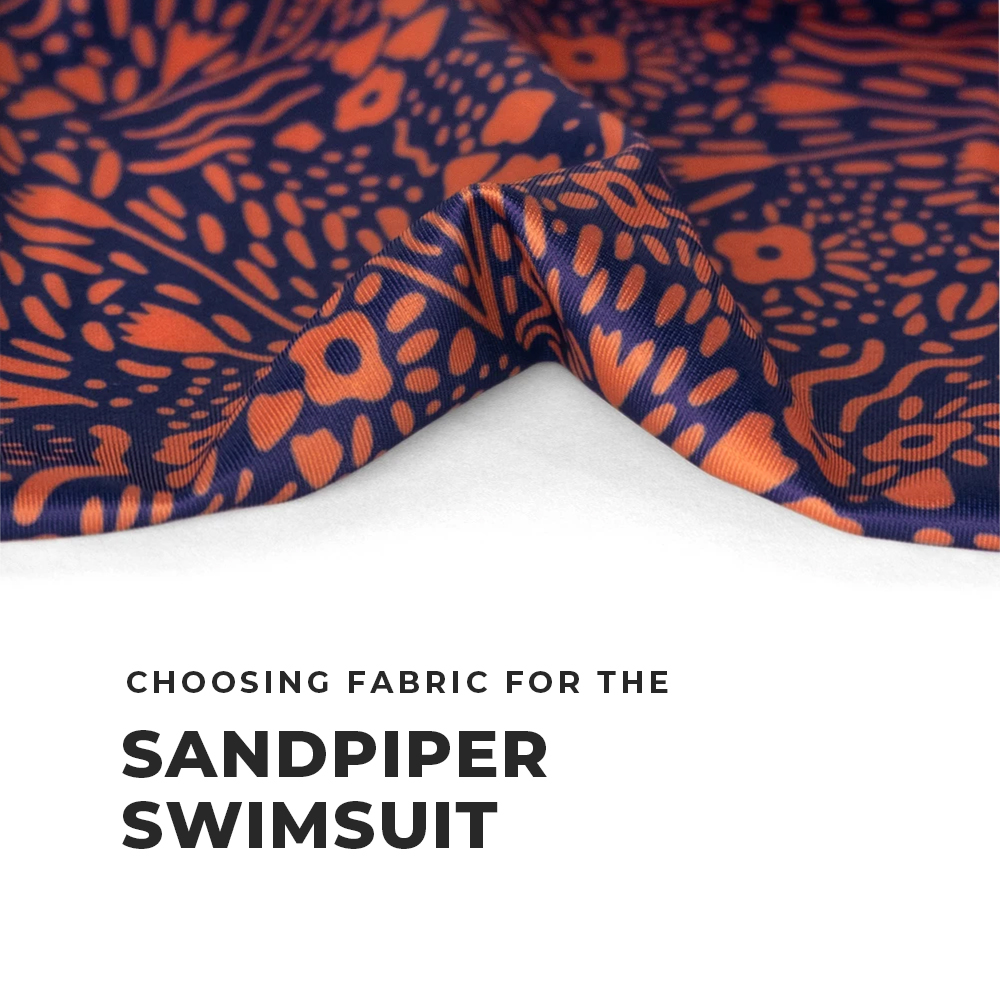
Choosing the Right Fabric for Your Swimwear
With so many options available, how do you choose the right fabric for your swimwear? Consider the following factors:
Intended Use
Competitive swimming: Opt for high-performance fabrics with excellent chlorine resistance and minimal drag, such as polyester-spandex blends.
Casual beach wear: Nylon-spandex blends offer comfort and style for lounging and light swimming.
Surfing or water sports: Consider more durable fabrics or even neoprene for added protection and insulation.
Body Type and Support Needs
For more coverage or support, look for fabrics with a higher spandex content or double-layered constructions.
If you're concerned about tummy control, seek out fabrics with good compression properties.
Style and Design
For bold prints and patterns, polyester fabrics often offer the best color retention.
If you're after a luxurious, silky feel, nylon blends might be your best bet.
For unique textures or structured designs, consider specialized fabrics like textured knits or neoprene.
Care and Maintenance
If you're looking for low-maintenance swimwear, polyester blends are generally the most durable and easy to care for.
For swimsuits that will see frequent use, prioritize fabrics with excellent chlorine and saltwater resistance.
Environmental Concerns
If sustainability is a priority, look for recycled fabrics or those made with eco-friendly processes.
Some brands now offer swimwear made from recycled ocean plastics, combining style with environmental consciousness.
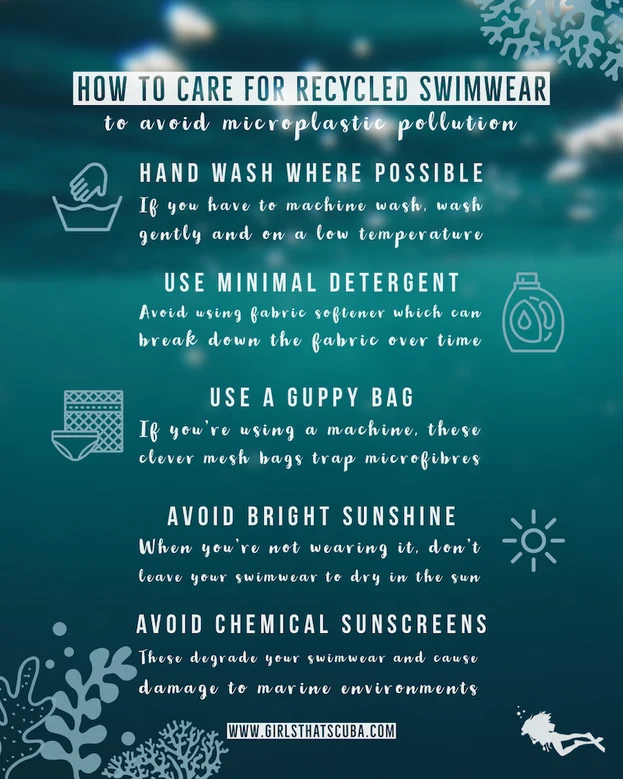
Comfort in Swimwear
When you're picking out swimwear, comfort is super important! No one wants to feel uncomfortable while splashing around in the pool or at the beach. The type of fabric used in swimwear can really make a difference in how comfy it feels. Let's take a closer look at how different fabrics affect swim comfort.
Fit and Flexibility
A good fit can change everything! Some fabrics like spandex are stretchy, which helps the swimwear fit snugly on your body. This stretchiness means you can move freely without feeling tight or restricted. When you dive into the water or swim around, stretchy materials allow your suit to move with you. This makes it easier to swim, play, and have fun!
Breathability
Breathability is another key factor in swim comfort. Fabrics that breathe allow air to flow through, keeping you cool, especially on a hot day. If your swimwear is made from breathable materials, you won't feel too hot or stuffy while you're wearing it. This is especially nice when you're drying off after coming out of the water. A fabric that can let moisture escape helps you feel fresh!
Caring for Swim Fabrics
Taking care of your swimwear is super important! Proper care helps your swim fabrics last longer and stay looking great. Here are some helpful fabric care tips that will keep your swimwear in top shape.
Care and Maintenance of Swimwear Fabrics
To ensure your swimwear lasts as long as possible, proper care is essential:◆ Rinsing: Always rinse your swimsuit in cool, fresh water immediately after use, especially if it has been exposed to chlorine or saltwater.
◆ Washing: Hand wash your swimwear in cool water with a mild detergent. Avoid using washing machines, as they can be too harsh on delicate swimwear fabrics.
◆ Drying: Gently squeeze out excess water; never wring or twist your swimsuit. Lay flat to dry in a shaded area, away from direct sunlight which can fade colors.
◆ Storage: Store your swimwear flat or hung up, never folded, to prevent creases and damage to the fabric.
◆ Rotation: If possible, rotate between multiple swimsuits to allow each one time to fully dry and recover its shape between uses.
Cleaning Tips
When it comes to cleaning swimwear, the way you wash it can make a big difference. Always rinse your swimwear with cool water right after swimming. This helps remove chlorine, salt, and sand. Avoid using hot water, as it can damage the fabric. Instead, hand wash your swimwear gently with a mild soap. If you must use a washing machine, put it in a mesh bag and wash it on a gentle cycle. Never use bleach, and skip the fabric softener because it can harm the swim fabric quality.
Storage Tips
How you store your swimwear also matters! After washing, lay your swimwear flat to dry. Don't hang it, as this can stretch the fabric. Make sure to store your swimwear away from direct sunlight, as the sun can fade the colors and weaken the fabric. A cool, dry place is best for keeping your swimwear safe. By following these simple storage tips, you can keep your durable swimwear looking fresh for your next trip to the pool or beach!
The Future of Swimwear Fabrics
As technology advances and consumer preferences evolve, the world of swimwear fabrics continues to innovate:
Smart Fabrics
Fabrics with built-in UV sensors to alert wearers when it's time to reapply sunscreen.
Temperature-regulating materials for comfort in and out of the water.
Eco-Friendly Innovations
Biodegradable synthetic fibers that break down safely at the end of the garment's life.
Fabrics made from natural, sustainable sources like algae or bamboo.
Performance Enhancements
Fabrics with improved hydrodynamics for competitive swimmers.
Materials that actively repel water for quicker drying times.
Customization
3D-printed swimwear for perfect fit and personalized designs.
Fabrics that can change color or pattern based on temperature or UV exposure.
Summary
In this article, we learned all about swimwear fabric and why it matters. Choosing the right swimwear fabric is crucial for making sure you have a fun time in the water. The best materials for swimwear, like nylon, polyester, and spandex, help make swimsuits comfortable and durable.
We discovered that high-quality swim fabric can stand up to rough water and sun. It's important to pay attention to the quality of the fabric. Strong fabrics are less likely to tear or wear out quickly. We also talked about how comfort is key. The right fit, flexibility, and breathability of swimwear can make swimming even more enjoyable.
Finally, we covered some simple care tips to keep your swimwear looking great. Washing your swimsuits properly and storing them safely can help them last longer, so you can enjoy them season after season. Remember, taking good care of your swimwear is just as important as picking the best materials!
Frequently Asked Questions (FAQs)
What is the best fabric for swimwear?
When it comes to choosing the best fabric for swimwear, nylon, polyester, and spandex are top choices. Nylon is super soft and quick to dry, making it a favorite for comfort. Polyester is great too because it resists chlorine, which means it stays nice longer. Spandex is amazing for its stretchiness, so it fits snugly on your body. Together, these materials create swimwear that feels good and lasts well.
How do I care for my swimwear?
Caring for your swimwear is important to keep it looking great! Always rinse your swimwear with fresh water after swimming to remove chlorine or salt. When washing, use cold water and a gentle soap. Avoid using the dryer; instead, lay it flat to dry. This helps maintain the shape and quality of your swimwear. Following these fabric care tips will make your swimwear last much longer!
Which fabric is the most durable?
Out of the common swimwear fabrics, polyester is known for being the most durable. It can handle lots of swimming, sun, and even chlorine without wearing out quickly. So, if you want swimwear that lasts through many summer days and pool parties, polyester is a smart choice!








































































